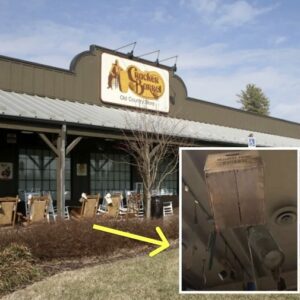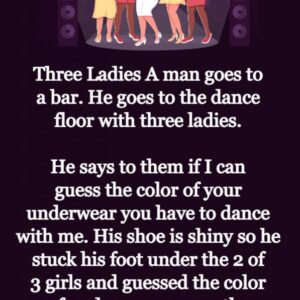It’s no secret that Western films shaped what people think about the Wild West. Stories of outlaws, bank robberies, and wars with the Native Americans make the Old West seem lawless. In reality, America in the 1800s was far less exciting.
The truth is that most cowboys didn’t wear cowboy hats. Even tumbleweeds didn’t appear in America until the late 19th century. The stereotypical vision of American cowboys shooting guns while on horseback is fake. How many of these false myths about the Wild West did you believe?
Some Outlaws Were Shameless Self-Promoters

In many movies, outlaws had to lay low to avoid getting arrested. In reality, many famous outlaws were shameless self-promoters. That’s how they became so famous. For instance, Jesse James would give notes to witnesses bragging about his exploits, even while holding up a train.
Billy the Kid was known for loudly bragging in saloons. On top of that, many outlaws befriended each other. The groups of outlaws would spread stories about each other, some exaggerated, others true.
Native Americans Were Not A Constant Threat

Western films often portray Native Americans as the antagonists who constantly attacked settlers. In truth, this rarely happened. Historian Roger McGrath said that the Wild West “was a far more civilized, more peaceful and safer place than American society today.”
While some Native American tribes warred with settlers, most saw an opportunity for trade. According to Hard Road West: History and Geology Along the Gold Rush Trail, more Native Americans were killed by migrants than the other way around. And even that number is low–only 426 deaths in 20 years, compared to the 30,000 deaths in that timespan.
The Wild West Was Not “Lawless”

The word “lawless” is often used to describe the Wild West. In truth, America was no more lawless then than it is now. Historian W. Eugene Hollon told the Independent Institute that the Wild West “was a far more civilized, more peaceful and safer place than American society today.”
According to the Smithsonian, the reputation of “lawlessness” began with newspapers from Dodge City, Kansas. That’s where the phrase “get out of dodge” originated. Sensationalized newspapers from the early 1870s provided the basis for Western movie plots.
Cowboy Hats Were Not Popular

The Stetson hat is better known by the name “cowboy hat.” It is so ubiquitous in Western films that people may think every cowboy wore them. In reality, cowboys rarely wore that hat. It wasn’t even designed until 1865.
John B. Stetson designed the hat based on Mexican vaqueros hats. According to the National Cowboy Museum, the hat went through several designs before landing on the classic look we know today. It became popular in the late 19th and early 20th centuries for its durability, but few people wore it during the Wild West era.
Firearms Were Prohibited In Most Towns

In Wild West movies, every character has a gun on their hips. In reality, many towns prohibited carrying weapons. States such as Louisiana and Kentucky outlawed carrying firearms, although many of these laws were repealed. Even Dodge City, a city known for its “lawlessness,” had signs saying “The carrying of Firearms Strictly Prohibited.”
That said, historian Adam Winkler noted that many people still carried guns to protect themselves from wild animals. The federal government stepped away from gun laws, and rules varied from state to state.
Settlers Sat In Traffic Jams

Western movies make 19th-century America look like nothing but small towns and rolling, barren hills. But cities existed in the 1800s, and where there were cities, there were traffic jams. Both carriages and cars sat in traffic jams in the Wild West.
Between 1880 and 1900, over 15 million people moved to American cities. Industrialization encouraged people to leave for rural towns for more job opportunities in the cities. Many of the smaller settlements became ghost towns because of this. With more people, there is much more traffic.
Wild Camels Roamed The American West

If Wild West movies were historically accurate, they would show camels roaming around. Wild camels indeed lived in North America during the 1800s. Thank the Secretary of War, Jefferson Davis, for bringing camels to the U.S.
Davis thought that camels were the key to westward expansion since they could haul supplies and required little water. The U.S. Army bought 75 camels and sold them at auctions. During the Civil War, many of these camels were released into the wild. Historians don’t know what happened to all of the camels.
For The First Time, Women Became Waitresses

Women did not have many rights in the Old West, and they couldn’t get jobs. However, that was rapidly changing. Fred Harvey, the owner of a restaurant chain called Harvey House, began the trend of hiring women as waitresses.
Harvey quickly became tired of the male waiters getting into fights. In a radical move, he fired all the male waiters and replaced them with women. He hired women between the ages of 18 and 30 and put them through a 30-day boot camp. These women received payment, plus tips, which allowed them to live independently.





